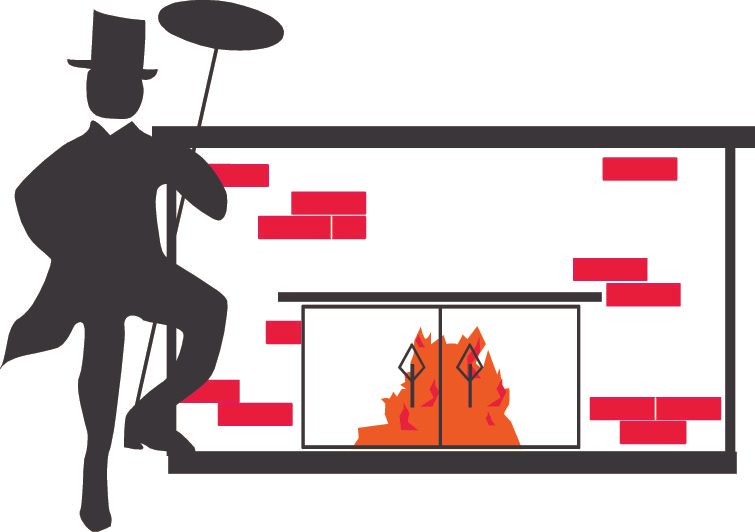There are many types of wood stoves in the market today. They can be classified in three ways, according to their installation: Freestanding stoves, Hearth stoves, and Fireplace Inserts.
Freestanding stoves are connected to either a masonry chimney or a Class A (all metal) chimney. Some stoves have catalytic combustors; some are designed for secondary combustion; and some stoves have blowers on them for heat circulation.
Hearth stoves are specifically designed or adapted to connect to a fireplace. A Freestanding stove attached to a fireplace chimney flue is also called a Hearth stove. Hearth stoves should not be connected to prefabricated fireplaces, as many prefabricated fireplaces have not been tested for this.
A Fireplace Insert is a stove that is partially or completely inserted into the firebox of a fireplace. These types of wood stoves usually have blowers on them, making them a circulating stove, whereas most freestanding wood stoves and Hearth stoves are radiant heaters. Some inserts can be used with prefabricated fireplaces. Each fireplace manufacturer has their own specific requirements for this.
Another way to categorize wood stoves is based on the material used to construct them: Soap Stone stoves, Cast Iron stoves, and Metal stoves. Soap Stone stoves take a while to heat up, but once they do, they retain and radiate heat for a very long time, whereas a Metal stove will get hot very quickly but will also cool down quickly once the fire has gone out. Cast Iron stoves also heat up rather quickly, although not as quickly as a metal stove. However, they retain and radiate their heat longer than a Metal stove but nowhere near as long as a Soap Stone stove.
Choosing a wood stove to meet your heating requirements involves determining how the stove will be vented – i.e., through a fireplace or its own chimney — and how much space you want to heat. Another consideration in choosing a wood stove is how much space it will take up in the room. The stove itself will take up space; however, it is also important to know that each stove manufacturer has its own specifications for clearance to combustibles (how far away the stove must be from combustible items such as furniture, walls, floors, etc.).
It is easy to become confused and overwhelmed by all of the different types of wood stoves on the market today. Bigger is not always better! If you need help determining what type and size wood stove to get for your needs, call us. We will be more than happy to help you!
